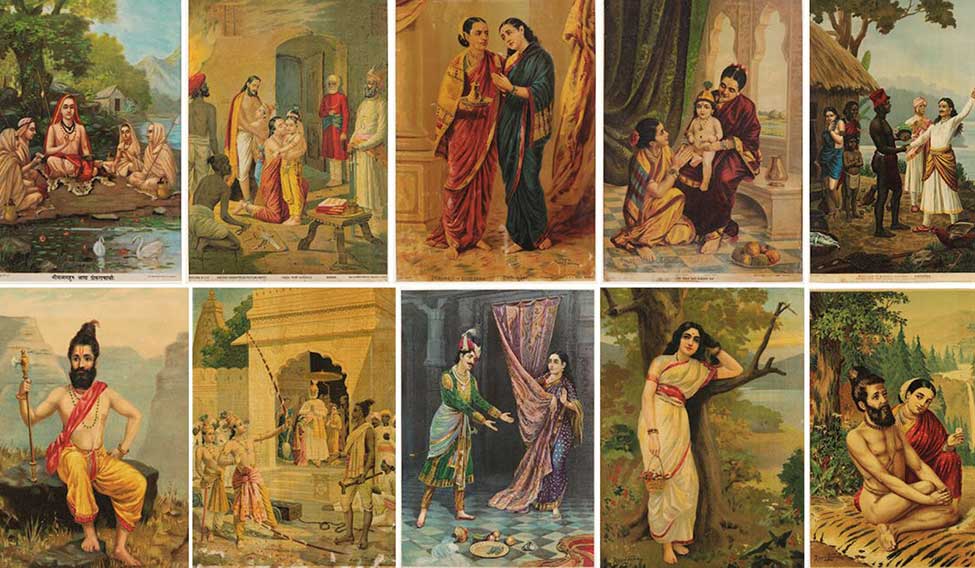You can now meet the maestro, painter prince Raja Ravi Varma, in virtual space and discuss his style that revolutionised Indian art. The “Royal Lithography and Legacy and other masterpieces”, an online venture of the Bengaluru-based Raja Ravi Varma Heritage Foundation and Google, has the main lithographs of Ravi Varma showcasing his 136 popular works.
Says Gitanjali Maini, CEO of the foundation, which was launched in 2015, “We are striving to promote the legacy of India’s foremost artist. And, we are happy to be rubbing shoulders with those like the Louvre Museum in the virtual space, as our foundation is one of the youngest, and the 50th partner of Google in its art initiative.”
The exhibits in the main section can be viewed in “museum view”, where the visitors can walk through the exhibition, stop over at any exhibit and zoom in for a high definition view. “Google has used an art camera with gigapixel technology that captures multiple close-up images that are stitched together to give the highest detailing and resolution,” says Ganesh V. Shivaswamy, honorary secretary of the foundation, who painstakingly collected the lithographs.
Many calendars printed after 1946 have used lithographs produced between 1894 and 1974—decades after Ravi Varma’s death—to symbolically depict historic events. The calendar of ‘Hanuman and Sanjeevi’ printed in 1947 symbolises the end of the battle of Rama and Ravana, much like the end of the British rule. The 1950 calendar of Goddess Rajarajeshwari, the primordial mother, represents the reorganisation of states to form a united India.
‘A Purpose for Art’, a mini exhibition by the foundation, explains how lithographs were made into calendars by business establishments. For instance, a 1927 calendar featuring goddesses Saraswathi and Lakshmi was used in a ‘Vinolia soap’ ad, and a portrait of Vishnu mounted on Garuda in an ad for ‘Morton’s strawberry and apricot jam’.
The Japanese used images of Shiva and Radha-Krishna on matchbox labels, altering the faces to portray mongoloid features. The Czechs printed the Arjuna-Subhadra lithograph on ‘Solo’ matchbox labels, and the ‘Manini-Radha’ lithograph was reproduced on Austrian match labels.
Ravi Varma was well known for capturing complex emotions on canvas. His portrayal of Sita as a six-year-old during her swayamvara, of the drama that unfolds when Menaka entices Vishwamitra and of the birth of Shakuntala are a few examples that reflect his deeper understanding of characters and sense of aesthetics.
Says jewellery historian Usha Balakrishna, “Studying Ravi Varma paintings is like cataloguing jewellery of the late 19th and early 20th century. The saris and their draping patterns not only reflect the social and political class, but also give out the geographical indicator.”
Ravi Varma’s lithographs changed stereotypes and created new formats. For instance, while depicting the descent of Ganga, he gave Shiva and Ganga equal prominence. In a painting of Saraswathi, Ravi Varma made two changes from the traditional depiction—her vehicle was changed from swan to peacock and the pose of the hand holding the book was changed to show that the book was offered to the viewer.
“Unlike the works of European maestros like Rembrandt or Picasso, Ravi Varma’s paintings were not lost with time, as he reached out to the masses with his lithographs which were affordable,” said his great-great-granddaughter, Princess Bharani Thirunal Rukmini Bayi of Travancore.













